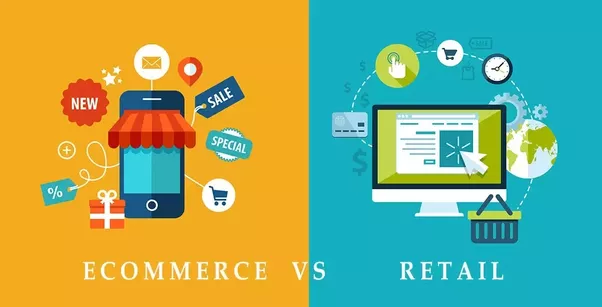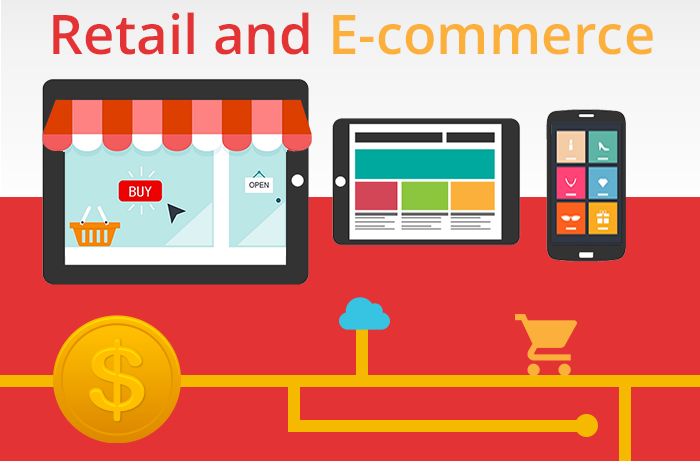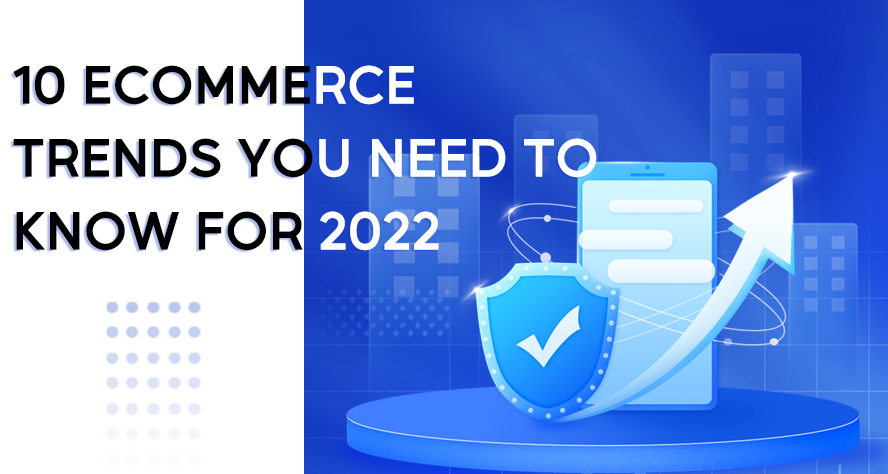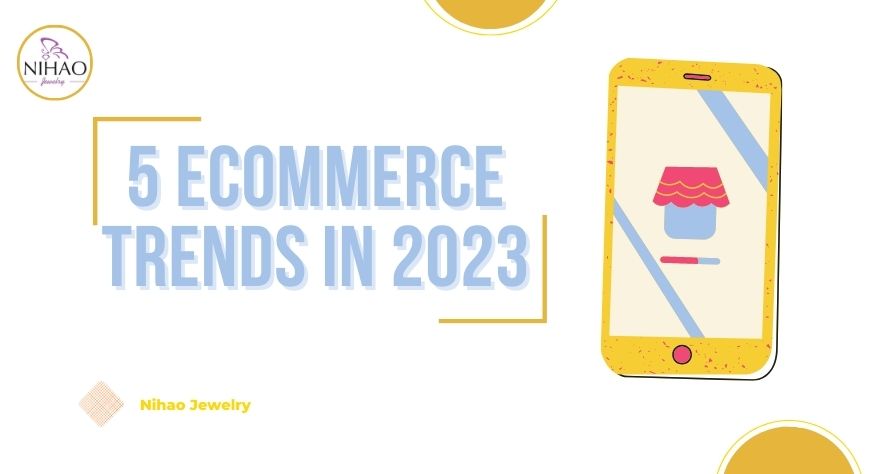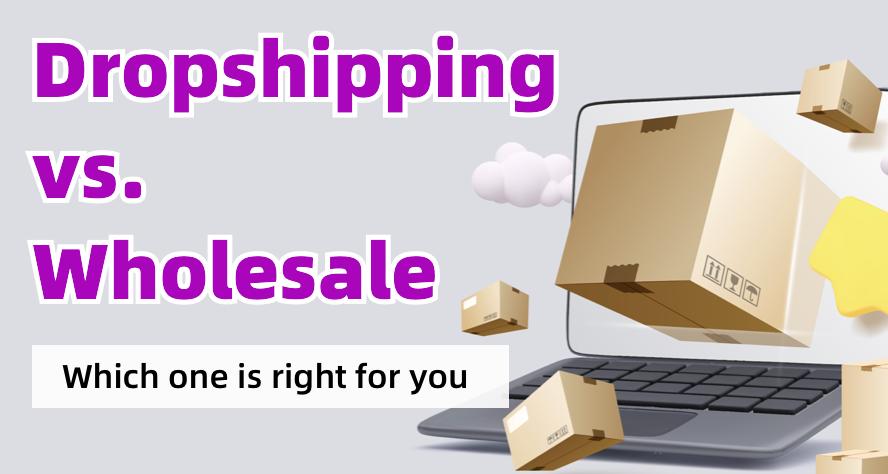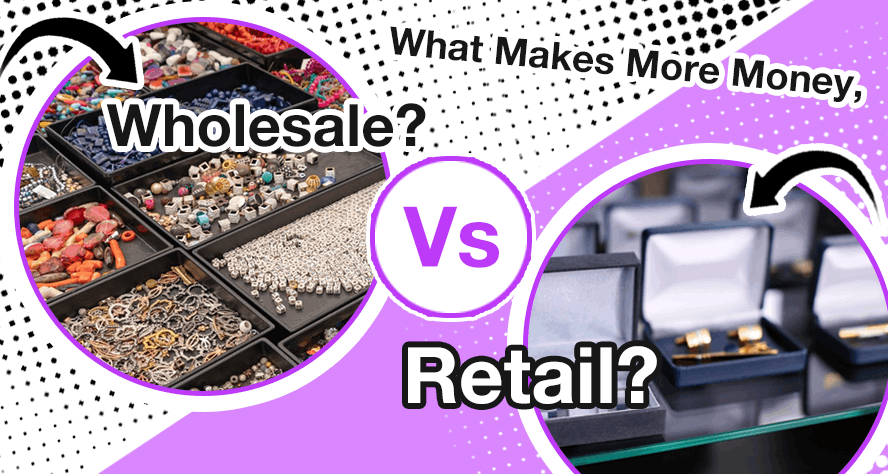The e-commerce sector is the fastest rising business model throughout the world. The business model involves the buying and selling of goods through the internet by online money transactions to make the sale possible.

The retail industry has a very ancient history dating back several years and is a form of business which involves the sale of goods and services through various distribution channels.
In the past, the retail business was majorly a brick and mortar based business but technological advances are causing a huge shift in how retailers conduct their business.
E-commerce v.s. Retail
The buying and selling of goods is a concept that has been around for years and it is the baseline of a functioning society. Through the years and with the introduction of technology how we shop has greatly changed and the changes are expected to keep happening as the year’s progress.
Nearly half the world’s population shops online, this has seen a rise of the e-commerce sales to 3.53 trillion USD in 2019 according to Statista. The rise of the popularity of e-commerce is due to the fact that almost all parts of the world are now connected to the internet which makes it possible for a larger group of people to be able to take part in the online market.
The increase in the use of mobile phones is also another factor that has led to the rise of the e-commerce sector.
Mobile phones make the buying and selling of goods over the internet easy and since the payment methods are advanced and secure the shopping experience is more fulfilling and flexible for most users.
For most businesses, the e-commerce platform is a cheap and easy way to provide goods. Unlike the traditional retail market online stores are easy to set up and your goods will be accessible all over the world hence offering huge market opportunities.
The retail industry is a huge market and it involves the sale of goods directly to the consumer. Traditionally the retail industry was mostly store-based and this involved having an inventory of goods and fully stocked shelves. This type of business model mainly focused on attracting customers to your store by visual displays and advertisements..
The retail market has largely shifted to catch up with technological advancements. Most stores have adapted the online retail model.
The shift has resulted in a change in the retail industry with most retail businesses broadening their markets to include both traditional brick and mortar stores and online shopping.
E-commerce and Retail Trends 2020 amid COVID-19
As technology advances, Ecommerce and retail businesses are changing. Search Engine Optimisation options of marketing are becoming a major trend with more customers being most likely to visit a website via paid searches.
The social media platforms are also forming a wide customer base for most online businesses. Most customers will most likely click on links on specific products and these links will direct them to the main platform which makes it easier for them to browse for more options and buy other goods.
Most customers are more inclined to purchase personalized items. Most online stores are now offering products that are customized for an individual’s needs and preferences. With consumers being more environmentally conscious, they prefer to be associated with brands that support environmentally conscious stores.
The COVID-19 which has affected the whole world has also shifted how business is conducted. The respiratory infection has changed the face of the whole world with most industries facing closures and huge unprecedented losses.
The virus has resulted in lock-downs in various countries and most people have been forced to stay in their homes, and shopping has shifted to online platforms with essential items being the number one focus for most buyers.
The penetration of online shopping has increased immensely all over the world with more people buying goods online due to the restrictions that have been put in place for the safety of the people.
The retail stores have been greatly affected by this pandemic and those that we’re yet to join the online space are rushing to do so, or being forced to shut down.
This means that the stores with a huge online presence have been able to get through these tough economic times albeit minimally due to the disruption of market production of goods.
The Future of E-commerce and Retail During and After COVID-19
The COVID-19 will most likely lead to changes in how business is conducted and these changes are likely to stick for a long time. Despite the challenges that have come with the pandemic there has been an increase in the online shopping and e-commerce sector is expected to grow even more post-COVID.
With most customers having to get accustomed to online shopping, the future of the industry is likely to be more inclined to fulfil the needs of the growing online community of shoppers.
Some of the expected changes include:
#Change 1
Efficient mobile shopping experiences will be a must-have for most customers and therefore, it is important for a business to make the options of shopping by the use of mobile phones efficient by introduction of apps and direct links.
#Change 2
Social media networks are currently the most used platforms among the youth, who make up a large percentage of online shoppers. Ensuring that your business is featured in the social media platforms is paramount to success in your online business.
COVID has largely influenced the use of social media for a lot of marketing and a variety of retailers are hopping into the social media platforms, an example is the newly popular TikTok app which currently has a wide following, for a brand or business to reach the wide market having an account on such a platform is a huge plus.
#Change 3
The online customer experience is especially important in order to grow in the online market and this will make your business stand out among the huge competition. Make your business about your customer always and ensure that the services you offer are crafted to meet their needs.
This will mean that businesses should endeavor to streamline their payment options and secure their websites while offering quality customer support.
#Change 4
One of the biggest lessons that the pandemic has taught us is the need to diversify the supply chain. With the pandemic disrupting the supply chains, manufacturing and shipping delays have caused huge losses for most businesses.
Having multiple sources for products and shipping options is important for an efficient service.
#Change 5
Relying only on the traditional brick and mortar business model is going to be a thing of the past as most customers will be accustomed to shopping online as opposed to going out to the store. For a business having both a physical and online presence is going to be necessary.
#Change 6
Contactless delivery is also one of the changes that are expected to occur in the e-commerce and retail sectors.
There is a huge need to reduce the need for physical signatures and hence more businesses are incorporating systems for picture image deliveries and virtual confirmation of receipt of items from customers. This is made possible by the use of GPS coordinates which give the exact location of delivery.
#Change 7
The pandemic will also result in an increased emphasis in digital marketing and therefore there is a need for most businesses to invest heavily in digital marketing either by improving on their SEO or use of digital influencers.
#Change 8
There is also an increased need for safety assurance for customers and most shoppers will prefer businesses that assure customers of their health and safety by properly sanitizing the goods to be delivered and ensuring that the workers are healthy.
#Change 9
Retail stores will be faced with a backlog of inventory and hence there will be a need for them to find ways to deal with the goods that are out of season.
#Change 10
There will also be an increased need for emotional marketing because the pandemic has caused losses both on human lives and livelihoods and so businesses should opt for a more sympathetic approach on the marketing of their product to capture the customer’s attention.
#Change 11
For retailers, the shopping experience for most customers will have to change post-COVID and instead of having a high group of people in a store at a time, stores will have to find ways of limiting the number of people visiting stores either by allowing customers to shop in shifts or introducing curbside pick-up of goods.
#Change 12
There is also a likelihood of increased service automation to reduce the number of people that are working in stores and hence limit exposure of people to the virus, this will be by use of advanced technology such as robots or drones for deliveries or store automation.
Conclusion
Despite the challenges that have occurred sure to the covid-19, the online market has experienced a huge rise as most people are forced to shop online.
Enhancing the online experience for your customers is a sure way to thrive in the online market and so investing in the online platform will be of great benefit to your business even after the pandemic.
